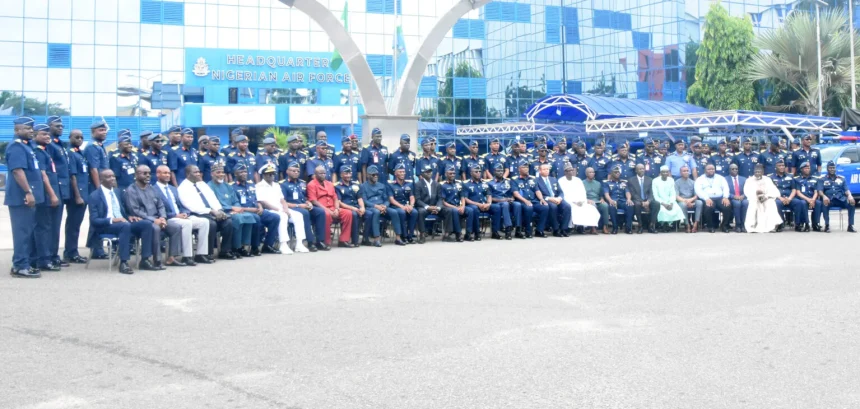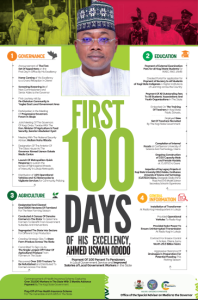Abubakar explained that the current average aircraft serviceability stood at 72 per cent, with significant investments already made in spare parts, ground support equipment, and training, to raise the figure.
He stressed the pivotal role of aircraft engineering in achieving the service’s operational goals, highlighting its recent achievements in fleet modernisation.
He said that the NAF had in the last two years, acquired 15 high-tech aircraft, including T-129 ATAK helicopters and Diamond 62 surveillance aircraft.
He also revealed that 49 more platforms ranging from M-346 fighter jets to AH-1Z helicopters were expected before the end of 2026.
According to him, these platforms require sophisticated and data-driven maintenance techniques. We are already implementing a predictive maintenance culture to anticipate needs and reduce unexpected failures.
The CAS lauded NAF engineers and technicians for recent maintenance breakthroughs, including the first in-country depot maintenance on a DO-228 aircraft and the reactivation of several long-grounded platforms.
He also commended NAF’s armament technicians for their role in enhancing operational capabilities, citing the successful adaptation of weapons systems and repairs on over 900 assorted weapons in collaboration with DICON and AFRDC.
As part of efforts to institutionalise sustainable fleet management, he announced the creation of the Directorate of Aircraft Life Cycle Management (DALCM).
According to him, the new directorate will oversee all phases of NAF aircraft from acquisition to retirement and ensuring long-term reliability and operational readiness.
He urged participants to share practical insights during the conference sessions, which would feature lectures by distinguished retired Air Vice Marshals on topics such as technical documentation, strategic partnerships, and aircraft life cycle management.
”Effective aircraft maintenance is the bedrock of operational success. Let us work together to build a more agile and robust Nigerian Air Force,” he said.
Earlier, the Chief of Aircraft Engineering, AVM Abiola Amadu, said that the NAF was strengthening its engineering backbone and retooling its maintenance culture through strategic partnerships and collaboration.
Amadu said that aircraft engineering remained the backbone of NAF’s operational capabilities, especially in an era of evolving security threats and rapid technological advancements.
According to him, by prioritising maintenance, we are not only extending the lifespan of our equipment but also enhancing our operational effectiveness.
He noted that the conference would serve as a vital platform for sharing insights, discussing innovative strategies, and strengthening collaboration across the engineering domain.
The Chief Engineer praised the foundation laid by retired officers, many of whom once held key positions such as Directors of Aircraft Engineering and Armament.
He also commended the CAS for the recent strides made by the Aircraft Engineering Branch, especially with the establishment of the Directorate of Aircraft Life Cycle Management, which oversees the full lifespan of NAF aircraft from acquisition to decommissioning.
He disclosed plans for the set-up an in-country overhaul facility for Pratt and Whitney engines, a Flight Instrument Workshop for the Super Mushshak trainer aircraft, and a Technical Training Centre at the Air Force Institute of Technology (AFIT).
Amodu said the branch had conducted maintenance training (NAFTRAC) on 18 platforms across 12 engineering and armament units, including the A-29 Super Tucano, Wing Loong II drones, and CH-3A/CH-4B RPAs.
He added that successful 300-hour inspection of the T129 ATAK helicopter (NAF 500), conducted in collaboration with Turkish Aerospace Industries, marked a significant milestone in building indigenous capacity for maintaining the ATAK fleet.
He noted that the successful precision upgrade of the Alpha Jet using a stand-alone weapon control and firing system was a reflection of the NAF’s growing reliance on local solutions and strategic technical partnerships.
He urged all participants to actively engage, share ideas, and challenge the status quo.
”We are the ones who keep the engines running and the missions flying. Let us seize this opportunity to deepen our maintenance culture and reinforce the frameworks that support air operations,” he said.



